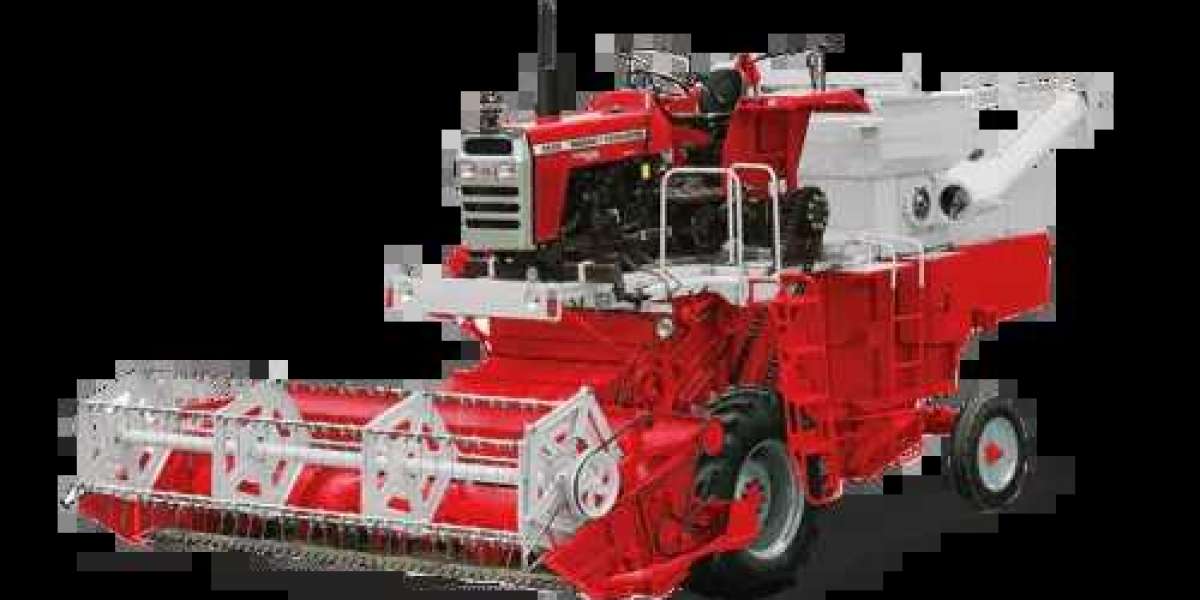Agriculture, the backbone of civilization, has seen numerous technological advancements over the centuries. Among these, the introduction of the harvester, rotavator, and seed drill has revolutionized farming practices worldwide. These technologies have significantly enhanced efficiency, productivity, and sustainability in agriculture, empowering farmers to meet the ever-growing demands of a burgeoning global population. This article delves into the transformative impact of these innovations on modern agriculture.
Harvester:
The harvester, often referred to as the combine harvester, is a multifunctional machine designed to harvest various crops such as wheat, corn, and soybeans. With its ability to perform harvesting, threshing, and winnowing in a single operation, the harvester has drastically reduced the labor and time required for harvesting crops. By automating the harvesting process, farmers can now efficiently gather large swathes of crops in a fraction of the time it would take using traditional methods.
Furthermore, modern harvesters are equipped with advanced technologies such as GPS guidance systems and yield monitoring sensors, enabling precise harvesting and data-driven decision-making. These features not only optimize crop yield but also minimize wastage and environmental impact, contributing to sustainable agricultural practices.
Rotavator:
The rotavator, also known as a rotary tiller or cultivator, is a versatile farming implement used for soil preparation, weed control, and seedbed preparation. Unlike traditional plows, which turn over soil in large clods, the rotavator breaks up the soil into finer particles, creating a more suitable environment for seed germination and root growth. This finer tilth promotes better water infiltration and nutrient uptake, ultimately leading to improved crop yields.
Moreover, the rotavator's ability to efficiently mix crop residues into the soil helps enhance soil fertility and organic matter content, reducing the need for chemical fertilizers and mitigating soil erosion. Additionally, by minimizing soil disturbance and compaction, the rotavator contributes to soil conservation and long-term sustainability in agriculture.
Seed Drill:
The seed drill is a precision planting machine designed to sow seeds at a uniform depth and spacing, ensuring optimal germination and plant growth. By mechanizing the seeding process, seed drills enable farmers to achieve higher planting speeds and accuracy compared to manual methods. This results in more consistent crop stands, reduced seed wastage, and improved crop establishment.
Furthermore, modern seed drills are equipped with technologies such as variable rate seeding and row spacing adjustments, allowing farmers to customize planting patterns according to soil conditions and crop requirements. These capabilities maximize resource efficiency and crop performance, ultimately enhancing overall farm profitability.
Synergistic Impact:
While each technology – harvester, rotavator, and seed drill – offers unique benefits on its own, their synergistic integration amplifies their collective impact on agricultural productivity and sustainability. For instance, the use of a harvester to efficiently harvest crops grown with the aid of a rotavator and seeded with a seed drill streamlines the entire crop production process, from planting to harvesting, resulting in higher yields and lower production costs.
Moreover, the adoption of these technologies facilitates the implementation of conservation agriculture practices such as minimal tillage, cover cropping, and crop rotation. By reducing soil disturbance, conserving moisture, and enhancing soil health, these practices contribute to improved resilience against climate change and environmental degradation.
Challenges and Opportunities:
Despite their transformative potential, the widespread adoption of harvester, rotavator, and seed drill technologies faces various challenges, including high initial costs, limited access to machinery in certain regions, and the need for technical expertise for operation and maintenance. Addressing these challenges requires concerted efforts from governments, agricultural extension services, and the private sector to provide financial support, technical training, and infrastructure development.
Furthermore, there are opportunities for further innovation and refinement of existing technologies to address emerging challenges such as climate variability, resource scarcity, and changing consumer preferences. Research and development initiatives aimed at enhancing the efficiency, sustainability, and affordability of agricultural machinery hold the key to unlocking new possibilities for the future of farming.
Conclusion:
In conclusion, the revolutionizing impact of harvester, rotavator, and seed drill technologies on modern agriculture cannot be overstated. These innovations have transformed farming practices, enabling farmers to achieve higher productivity, profitability, and sustainability. By harnessing the power of mechanization, precision, and integration, agriculture is poised to meet the challenges of feeding a growing global population while safeguarding the planet's resources for future generations.




